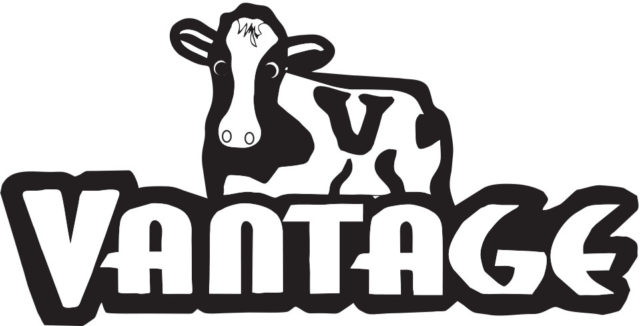I have a long and complicated relationship with dirt. When I was a child, my favorite toy was the sandbox. My mother would sit me in the sandbox and I would play for hours. The modern equivalent is sitting a child in front of a tablet … without the messy cleanup.
As I aged, my disdain for dirt grew. As I started riding horses, I tried distancing myself from dirt, but gravity drew me back. I was comfortable with the mess, but dirt is less therapeutic as a cushion for my face.
A bona fide farmer has a less complicated relationship with dirt … every farmer I know is unequivocally in love with dirt. They spend their tillage season making dirt. Whatever organic material accumulates on a field, they diligently turn it under until all that remains is their beautifully manicured dirt. If Idaho is a giant sandbox, then legions of farmers play in that sandbox. But that sandbox of arable acres in Idaho is getting smaller every year.
Getting smaller? Idaho has 53.5 million acres in total. Every man, woman and child could own about 30 acres if everyone received their fair share. There are 34.5 million acres owned by no one that the federal government manages. There are 4.8 million of those acres of wilderness that remain fallow by law. The state of Idaho owns 2.4 million acres of endowment lands. Cities, home sites and commercially developed lands account for 5.5 million acres. What remains is 11.55 million acres of dirt, or what we in agriculture refer to as pasture and farmland.
In 1960, Idaho had 1.6 million acres of developed land and 15 million acres of farmland. In only 65 years, nearly 3.5 million acres of farmland in Idaho have been lost. That is a big number and a big problem … perhaps made bigger because few recognize the problem.
Now, a column about dirt may be misplaced in a month covered in snow, but hear me out. The dirt in southern Idaho is only valuable with a snowpack in the mountains sufficient to irrigate our dirt. These irrigation systems are complex and develop over decades.
So the question remains, why are we converting our prime farmland with fully developed irrigation systems into homes, factories and other commercial facilities?
Don’t get me wrong, I am not against development. My specific gripe is the conversion of our best farmland. Perhaps an example makes my point. In Twin Falls County, on the Twin Falls Tract, there is a housing development on about 10 acres of farmland just above the low-line canal. The first step in commercial development removed the concrete ditch that irrigated this farmland. Two miles away is 11 acres of land just above the high-line canal … no water shares and no annoying irrigation infrastructure to remove. But the irrigated land is developed and the fallow land remains fallow.
Most local governments take a shortsighted view of this issue. In the Magic Valley, an acre of farmland is valued at about $10,000. If a $240,000 house is built on that acre, the assessed value will increase to $250,000. That increases the tax base for all governments funded by property tax, which is most local governments. Additionally, a realtor will make about a 5% commission on the sale of a property. Putting a house on an acre will increase the potential that an agent can make from the property.
Shortsighted? That acre of farmland creates an asset quite literally out of thin air every year. That asset, or crop, can be sold, accumulated, processed in a variety of ways and distributed worldwide. That sounds like a foundational building block to a successful economy. A house, on the other hand, only gains value with the “bigger sucker” theory of finance … find a bigger sucker who will pay more for the house than you did.
How does Idaho balance the need for housing (I saw one estimate that Idaho needs about 40,000 more houses to support our population) and the need for a viable agricultural economy? I have a few bad ideas. When a house goes up on farmland, it becomes the agricultural equivalent of a rock patch. So why don’t we build housing on rock patches? The state of Idaho has done this in Jerome County for the new National Guard training facility.
A phenomenon of modern agriculture involves fitting round center pivots for irrigation onto square fields. Could planning and zoning promote subdividing and building houses on pivot corners? Miraculously, most of these pivot corners are at the outside edge of the fields.
Wildland/Urban Interface (WUI) land is another logical place for urban development. A WUI is a firefighting term for an area with houses interspersed within wildland vegetation. Fine fuels in these areas carry fire from house to house. An extreme example is the Boise foothills. Without grazing, the fine fuels build up and the fire frequency has increased. Maybe replacing this fuel with concrete and asphalt would reduce wildfire risk and save the valley farmland from development.
These are just a few ideas from a half-witted cowboy. Imagine the solutions a trained civil engineer could brainstorm if they actually valued farmland as farmland. Folks from the rural parts of Idaho and America must continually convince city planners of the intrinsic value of farmland. We must maintain farming systems as they are … as dirt.


.jpg?t=1687982885&width=640)



